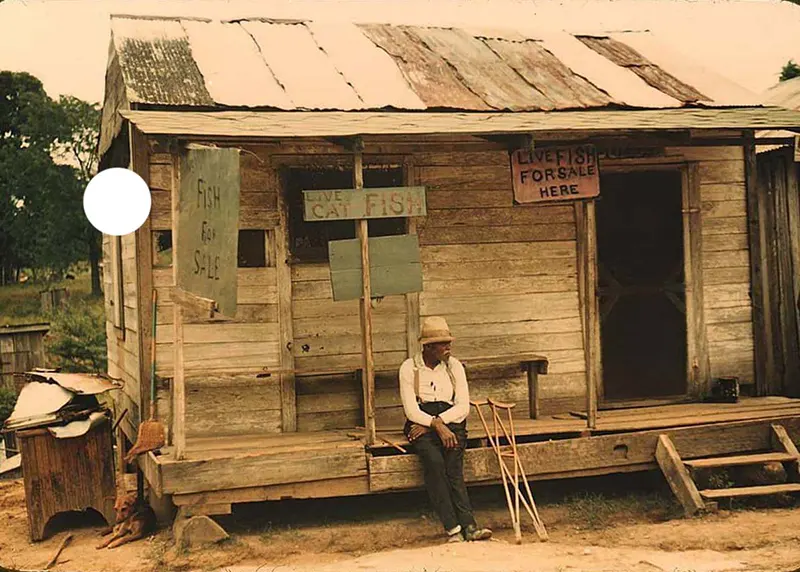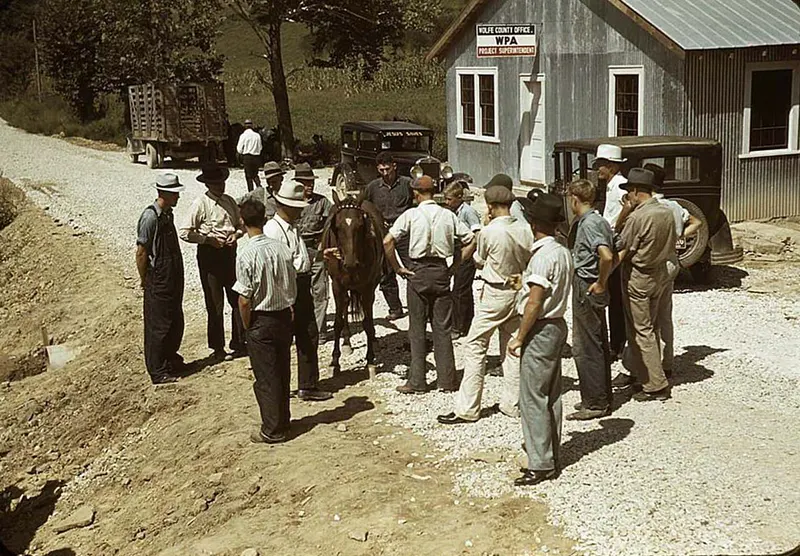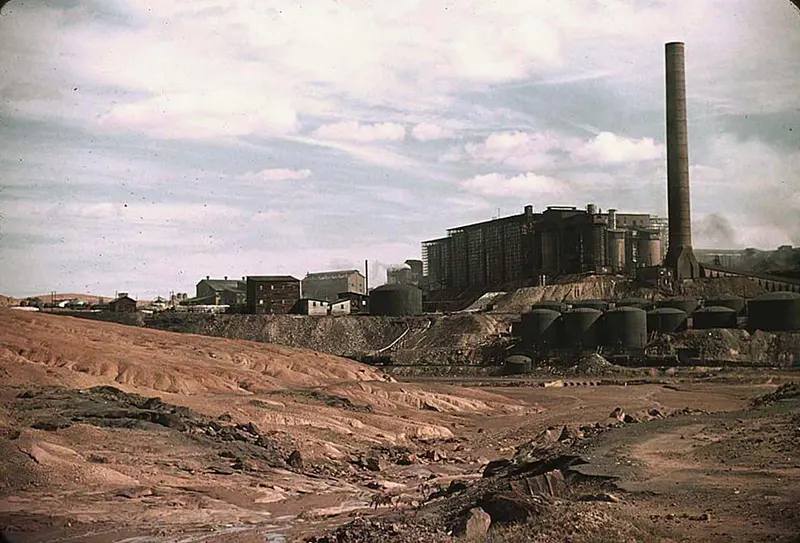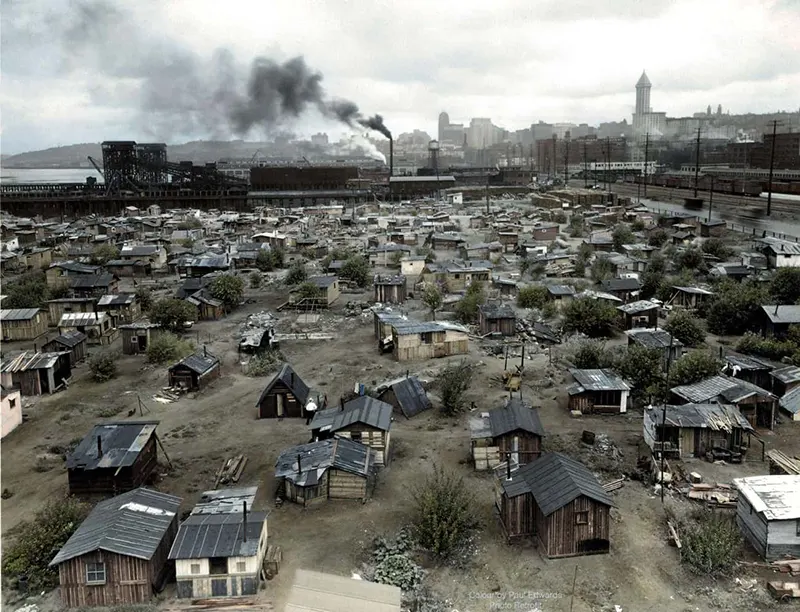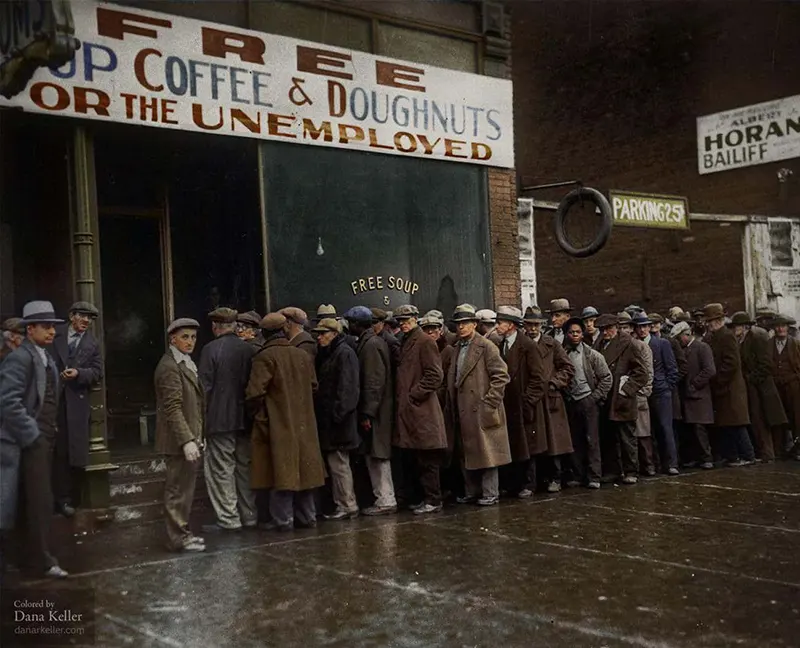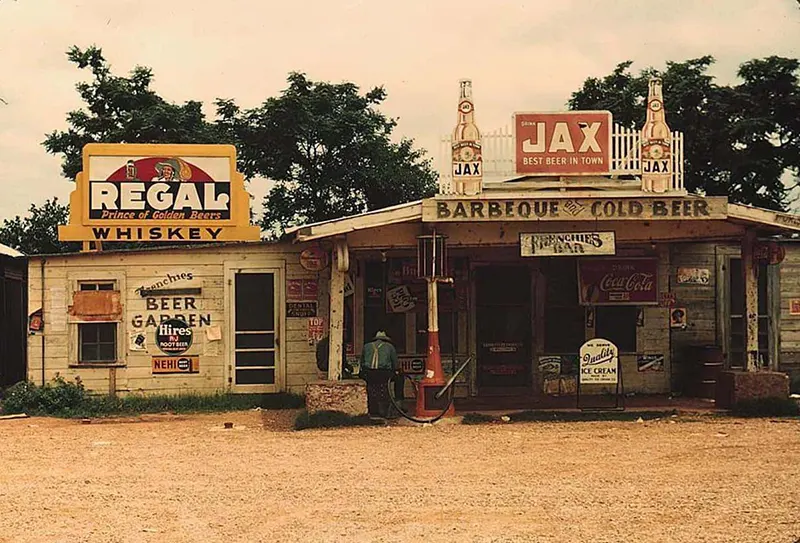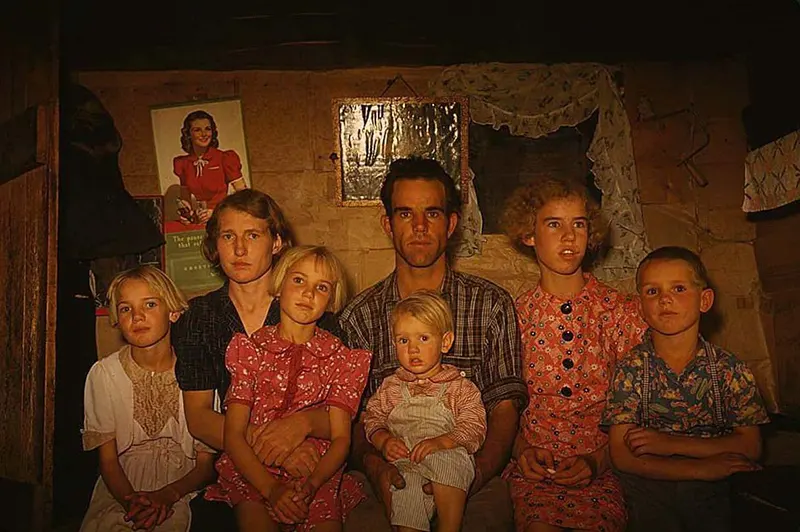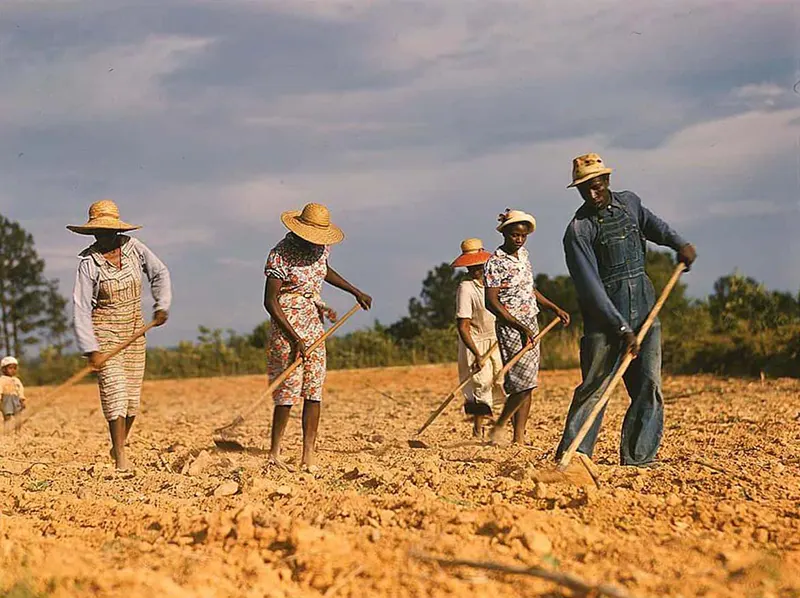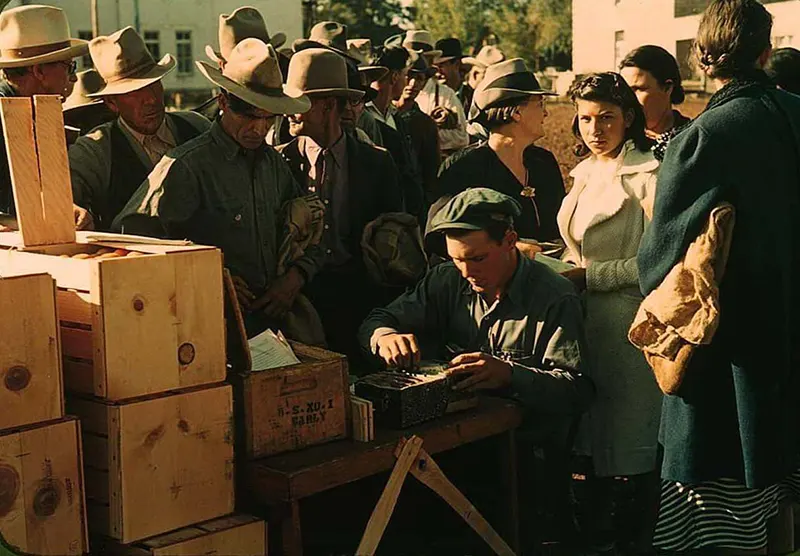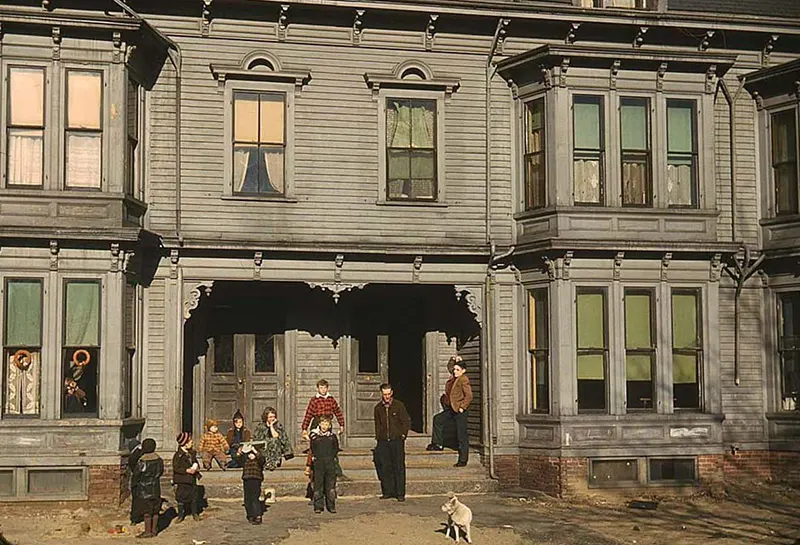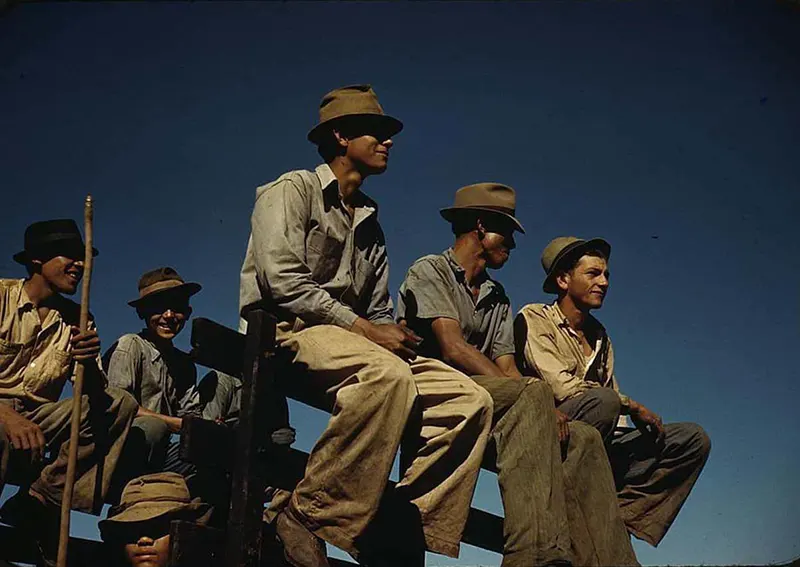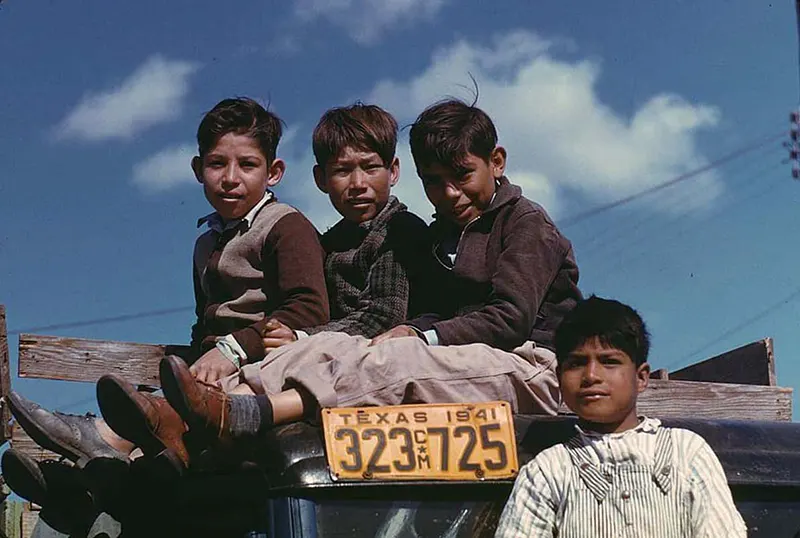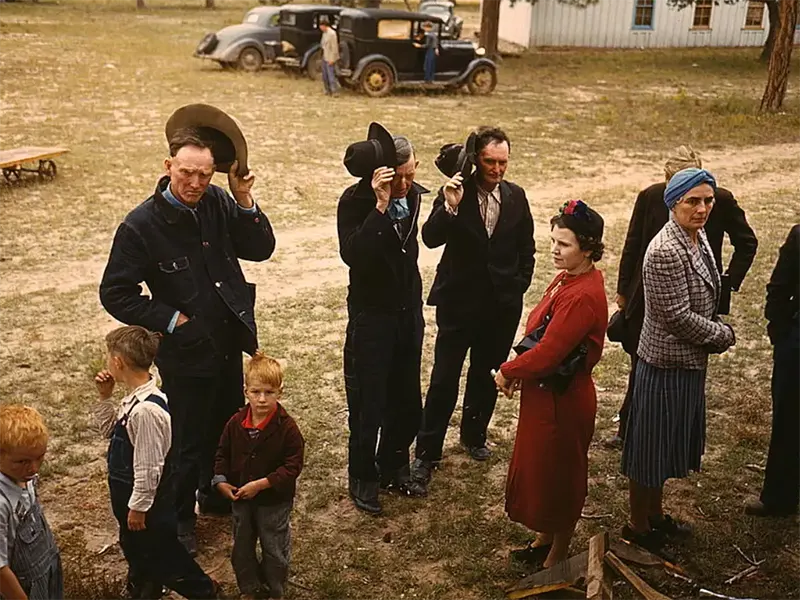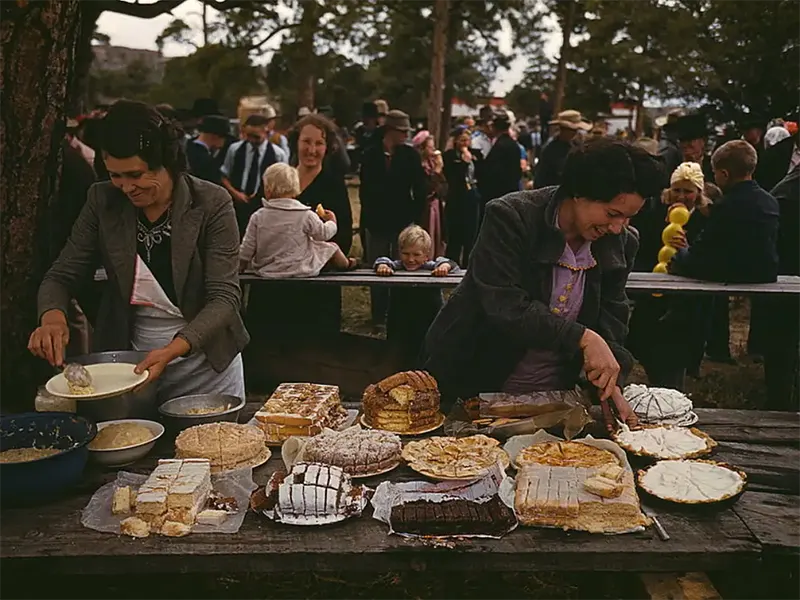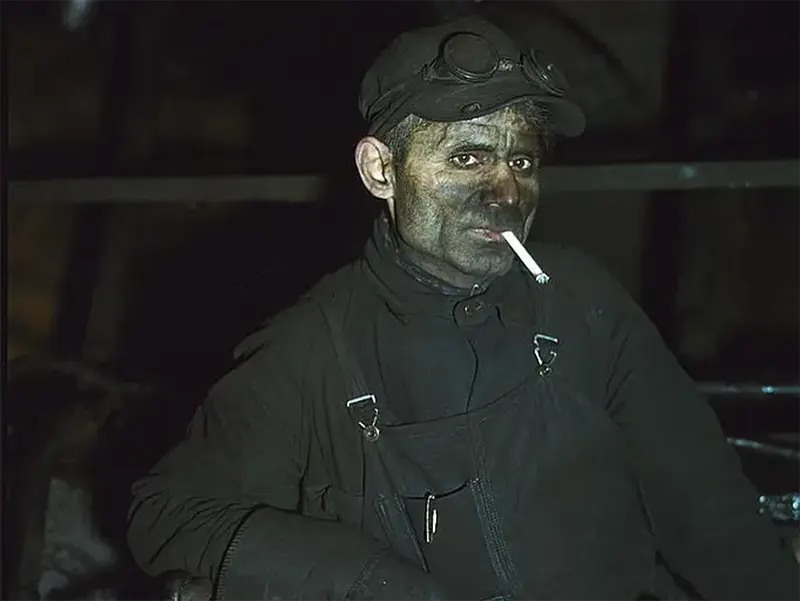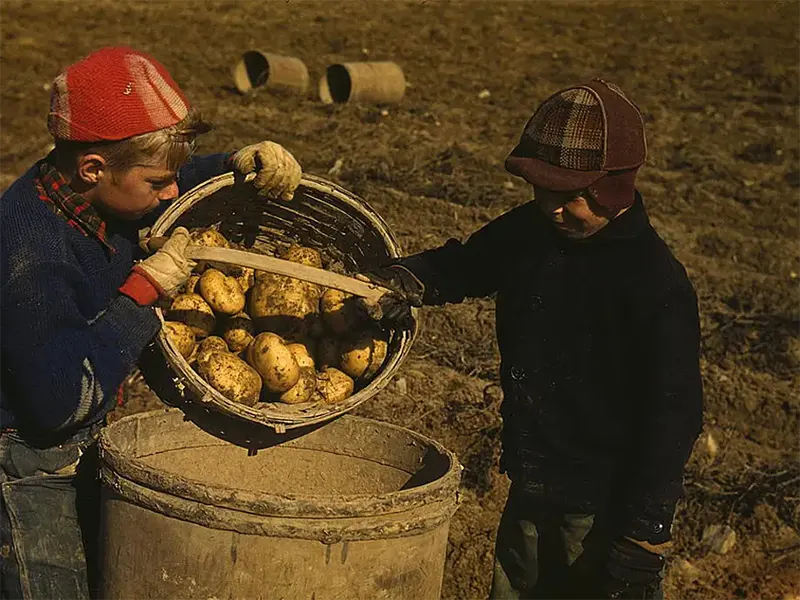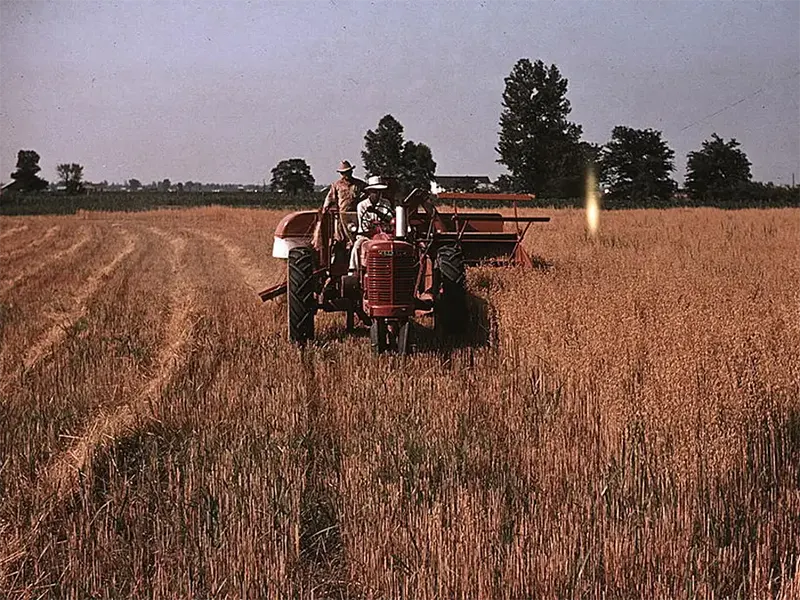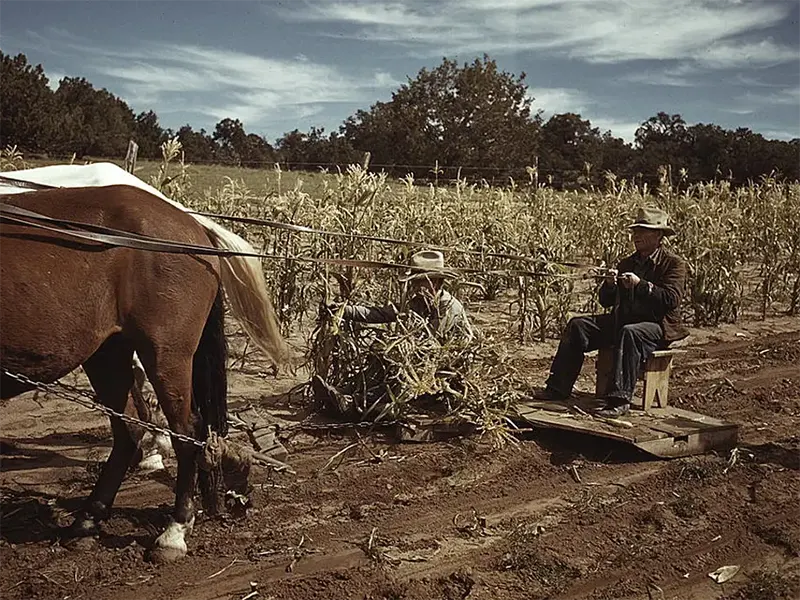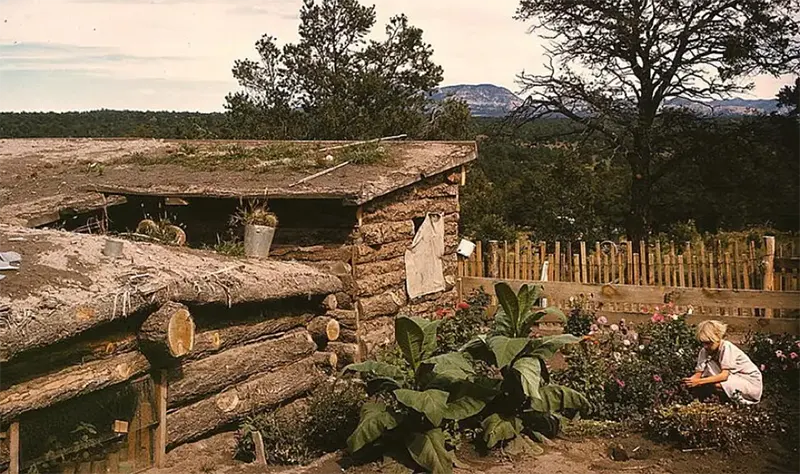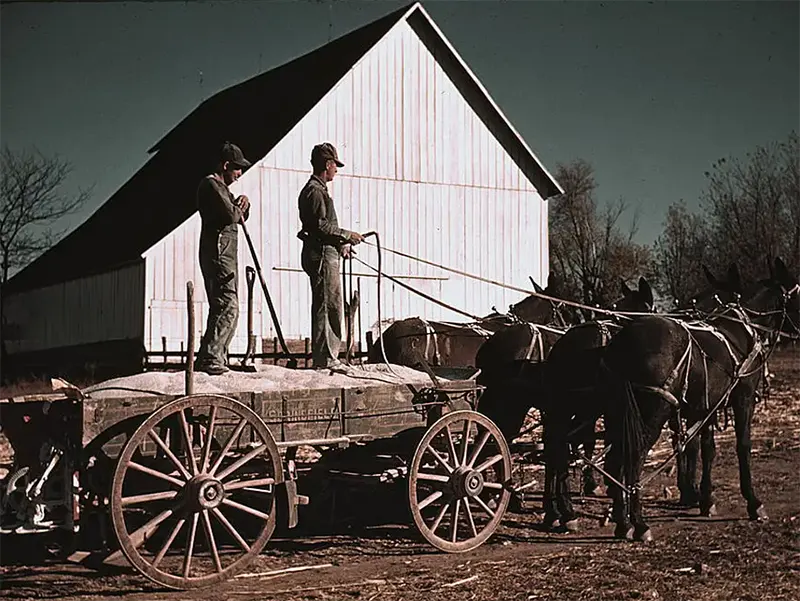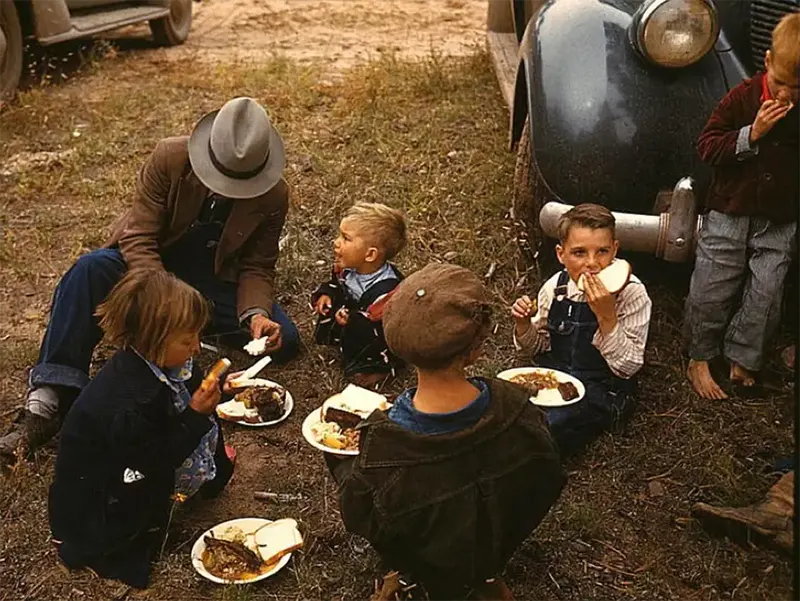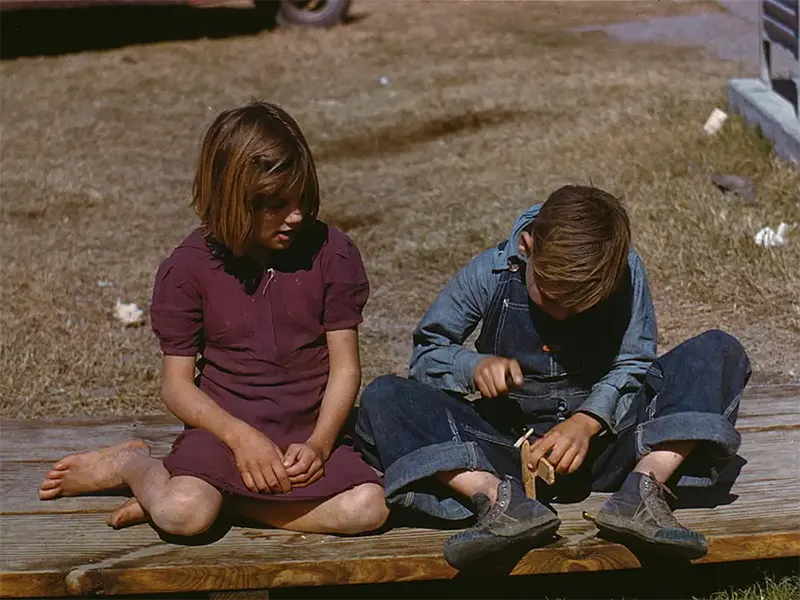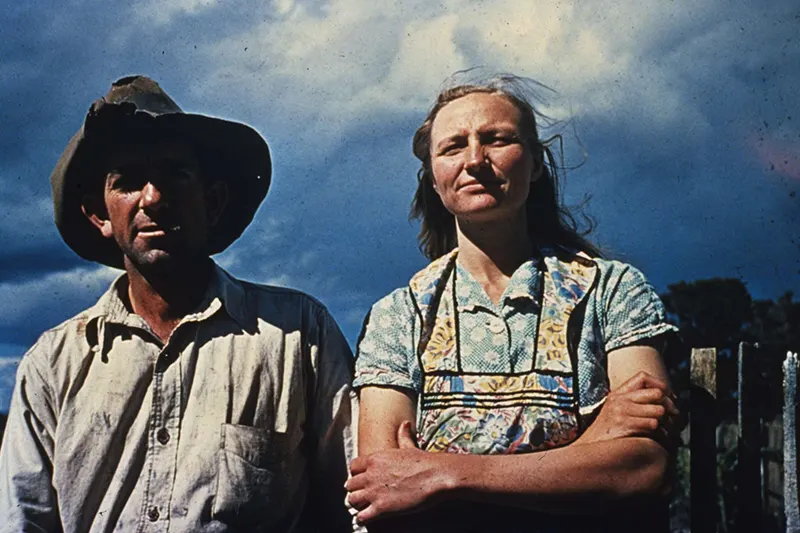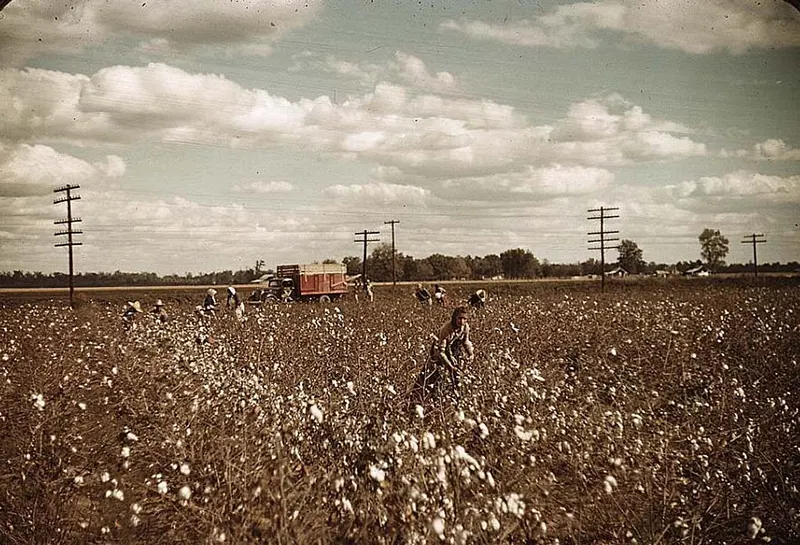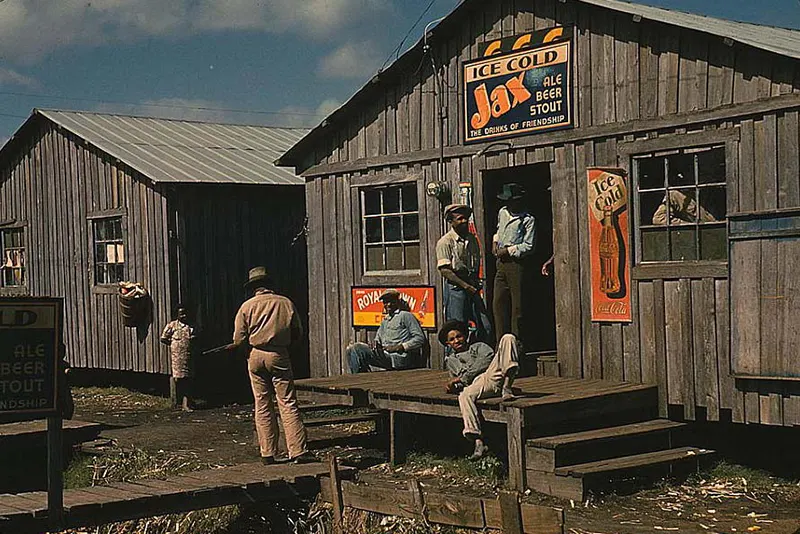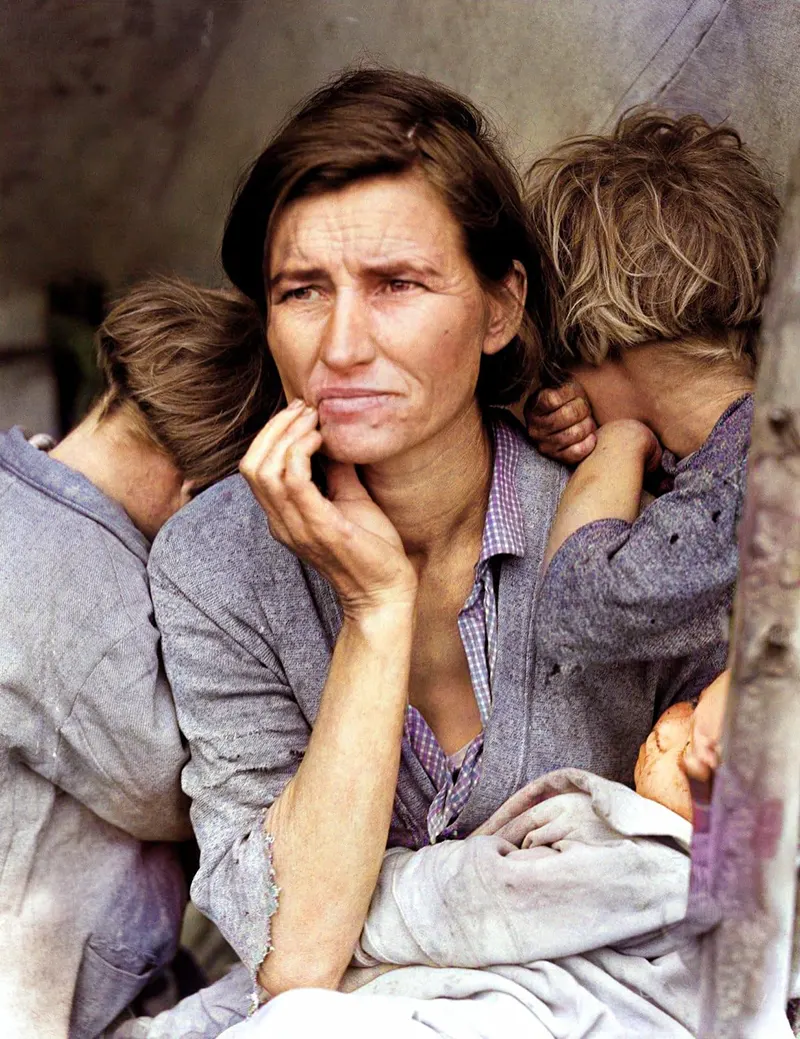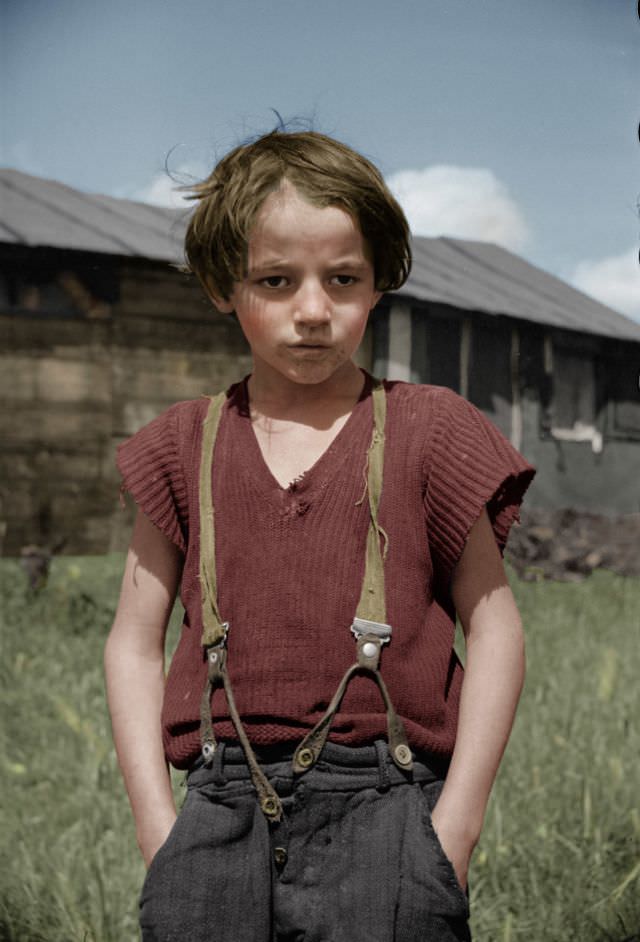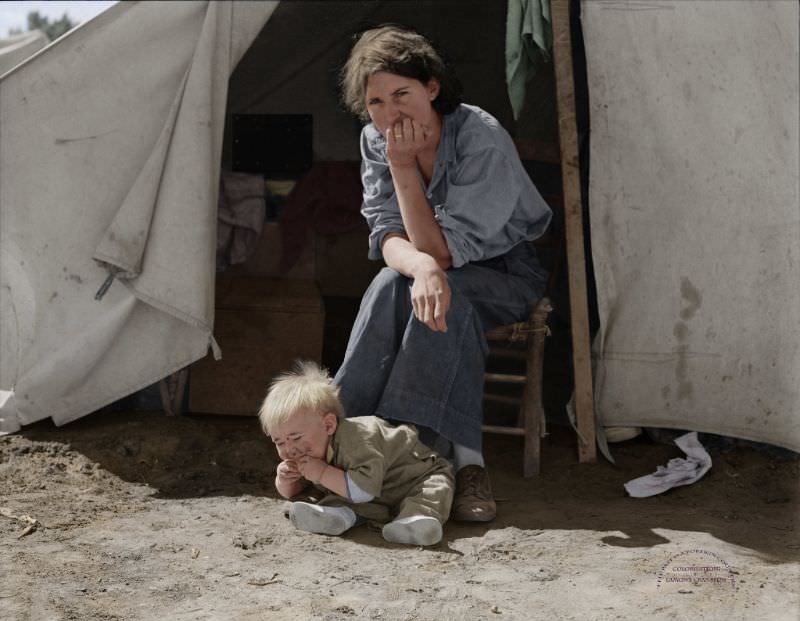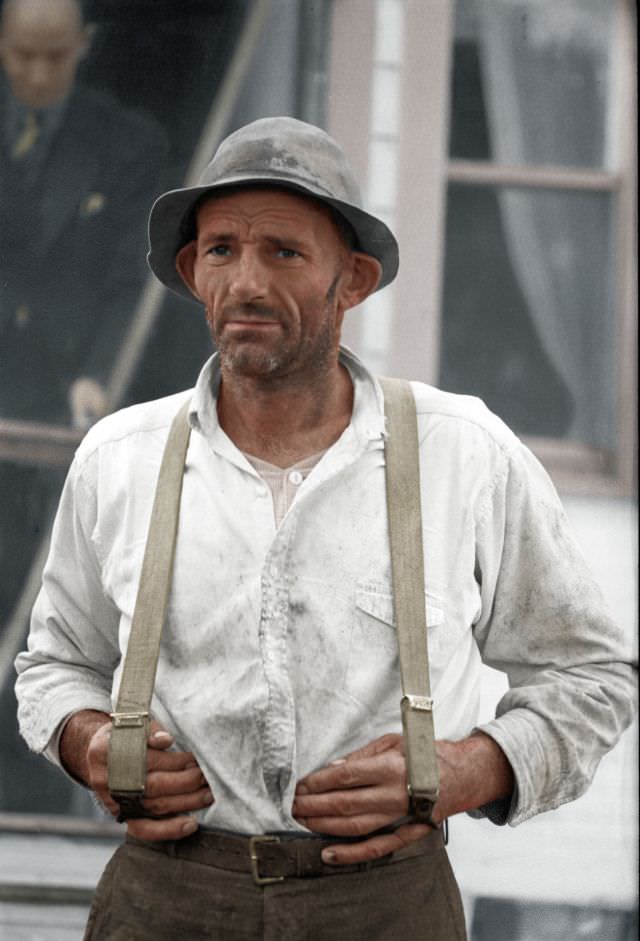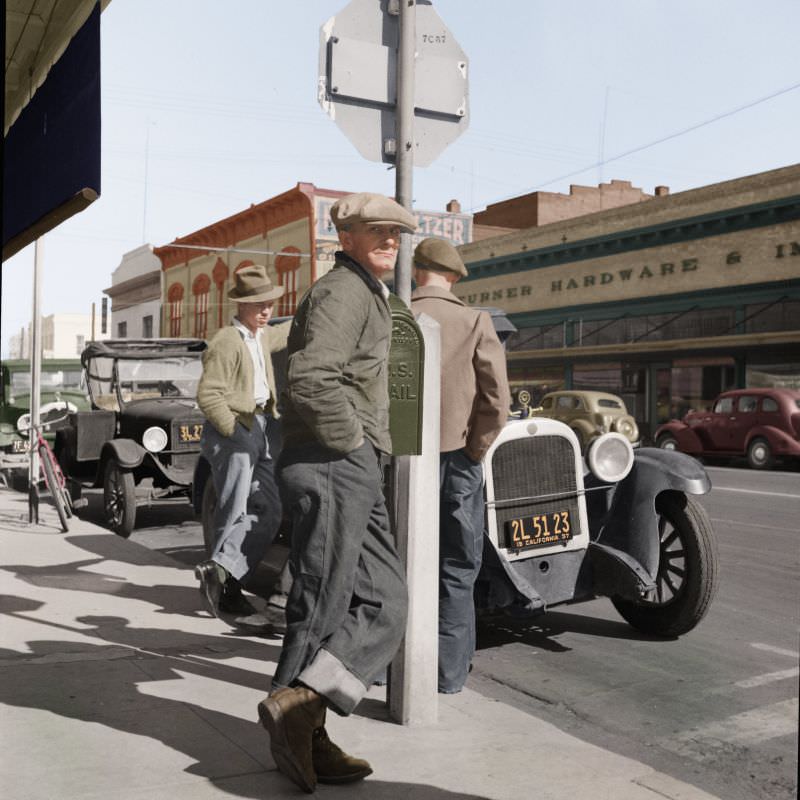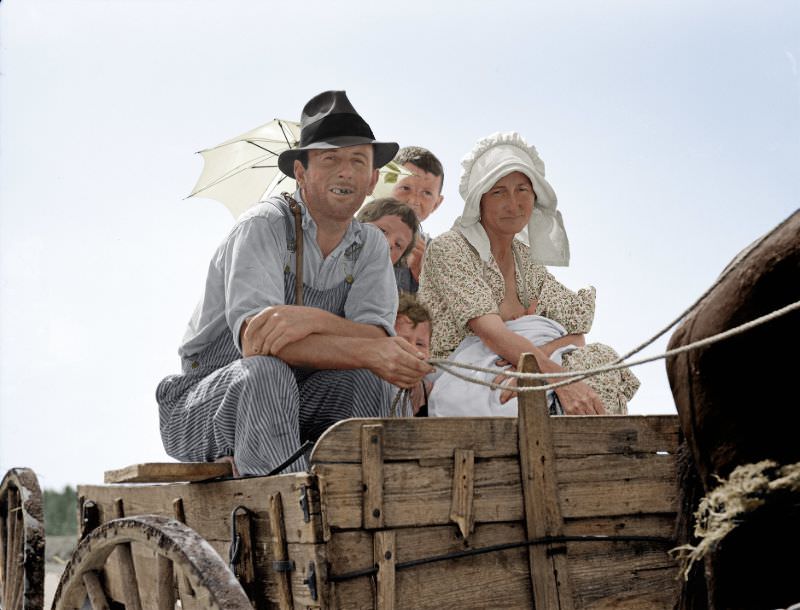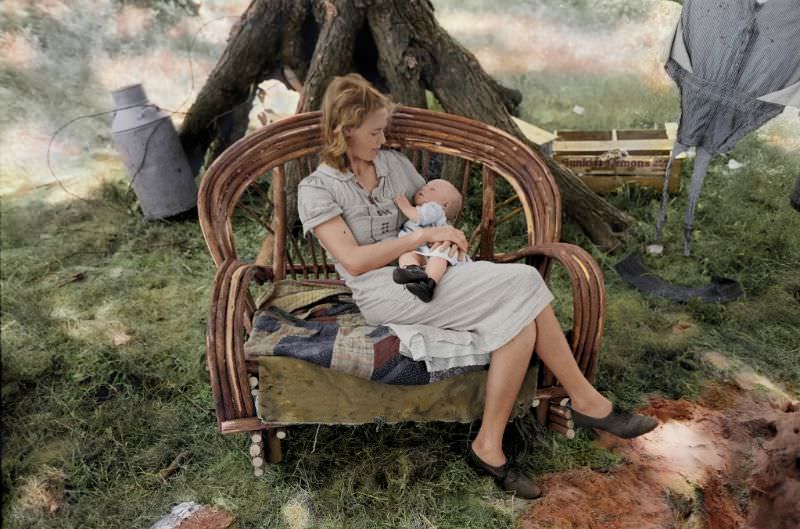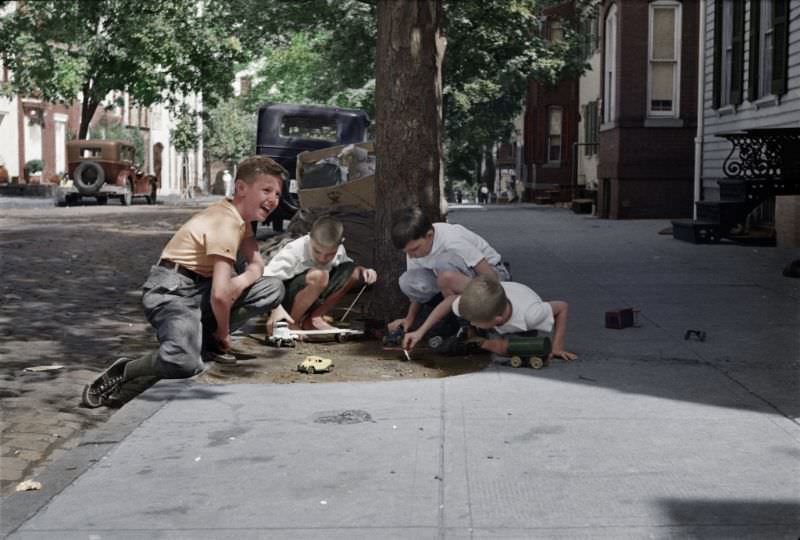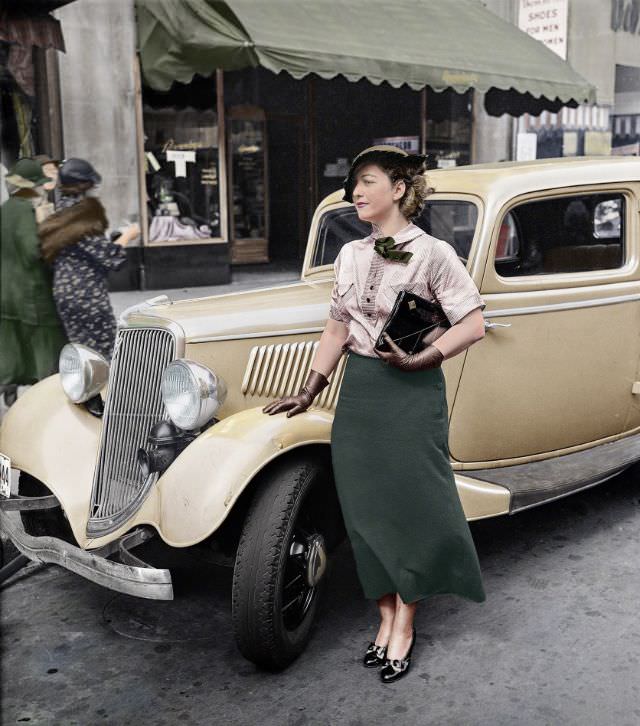The era of the Great Depression, particularly between 1939 and 1941, stands as a poignant testament to American resilience and fortitude. This period, marred by economic devastation, widespread poverty, and high unemployment, painted a starkly different picture of the American Dream. Yet, it’s within this bleak landscape that the enduring spirit of a nation emerged, grappling with adversity but never succumbing to it.
The Economic Quagmire and Daily Struggle
By 1939, the United States was deeply entrenched in the throes of the Great Depression. The stock market crash of 1929 had sent a domino effect across every sector, and by the end of the 1930s, the situation seemed perennially grim. Unemployment was rife, with an estimated one in four Americans out of work. For many, survival hinged on the mercy of the next meal, often accessed through soup kitchens organized by charitable institutions and public agencies.
Everyday life was a battle. Basic necessities like food and shelter became luxury commodities. Families crumbled under financial strain, and “Hoovervilles” (crudely constructed shanty towns named after President Hoover, whom many blamed for the Depression) proliferated, accommodating the homeless and those dispossessed from their homes.
The Dust Bowl: Nature’s Cruel Blow
Compounding the economic disaster was the ecological catastrophe known as the Dust Bowl. Severe droughts and poor farming practices led to dust storms ravaging the agricultural heartlands, particularly in the Great Plains. This period saw an exodus, often termed the “Dust Bowl migration,” where approximately 2.5 million people, mostly destitute farmers, were displaced, heading west in search of better opportunities and fertile land.
Society and Culture
Despite the grim reality, the human spirit soldiered on. Culture became a vehicle for escapism and a beacon of hope. Hollywood perhaps saw its golden era, with people seeking refuge in cinemas, a place where, for a moment, one could drown out the bleakness of the outside world. Radio broadcasts, too, became a popular distraction that knit communities together in shared experience.
Music, especially the blues and folk ballads, mirrored the public sentiment, offering both solace and a voice to the common struggles. Art, funded by programs like the Federal Art Project, a branch of the larger Works Progress Administration (WPA), became a tool for documenting life and expressing shared frustrations and aspirations.
New Deal and the Onset of War
During these years, President Franklin D. Roosevelt’s New Deal was the lifeline many clung to. Programs aimed at relief, reform, and recovery were initiated, offering employment, revitalizing industry, and arguably, injecting a sense of hope back into the American psyche.
However, it was the dark cloud of World War II gathering on the global horizon that significantly altered the course for America. Between 1939 and 1941, the country grappled with the decision to enter the war, and the eventual involvement in late 1941 drastically shifted the industrial and employment landscape. The economic stimulation due to wartime production eventually played a pivotal role in lifting the United States out of the Depression’s clutches.


